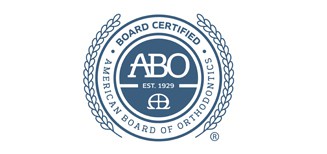For patients with more severe orthodontic cases, traditional treatments such as braces may not be enough to achieve the ideal smile.
Jaw Surgery
An Overview of Jaw Surgery

You’ll find out more about jaw surgery, who qualifies, and what to expect below.
What is Jaw Surgery & Where is it Performed?
Corrective jaw surgery, or orthognathic surgery, works to correct severe bite and/or jaw bone misalignment. Jaw growth is a gradual process, and is usually completed between ages 14-16 in girls and 17-21 in boys. When the upper and lower jaw grow at differing rates, and the irregularities are too extreme to be fixed by traditional orthodontic treatment alone, surgery may be recommended. At Stormberg Orthodontics, we work closely with a number of extremely well-qualified and experienced oral surgeons all over San Diego. Private oral surgeons and insurance, Kaiser, and the Naval Medical Center of San Diego are some of the facilities and financial options available. Some surgeries can be done in-office; outpatient and other surgeries may require a short hospital stay. We’ll work with your oral surgeon to provide you with all the information you need beforehand, based on your individual needs.
Who Needs Jaw Surgery?
Those with improper bites or jaws may require jaw surgery, as orthodontics can only correct bite problems when the teeth are involved. These severe orthodontic issues can cause a variety of issues such as
- Difficulty breathing, chewing, biting or swallowing
- Facial asymmetry
- Speech problems
- Chronic jaw pain
- Obstructive sleep apnea
- Open bite
- Protruding jaw
It’s important to note that surgery is performed in tandem with orthodontic treatment. Typically, patients are wearing braces during or after the surgery is performed. Correcting the jaw alignment of your mouth will not correct your teeth as well, which is why orthodontic appliances are also required.
What To Expect
Using the latest in digital imaging technology, we will demonstrate the overall functional and aesthetic benefits of orthognathic surgery. Typically, the risks associated with jaw surgery are minimal, and visible scars from the procedure are very rare (since the surgery is performed inside your mouth). Your oral surgeon will make small incisions in the jaw bone, and then move them into the proper position. Complete healing and recovery from the surgery may take up to 12 weeks, and your oral surgeon will provide you with post-surgery guidelines to follow.






